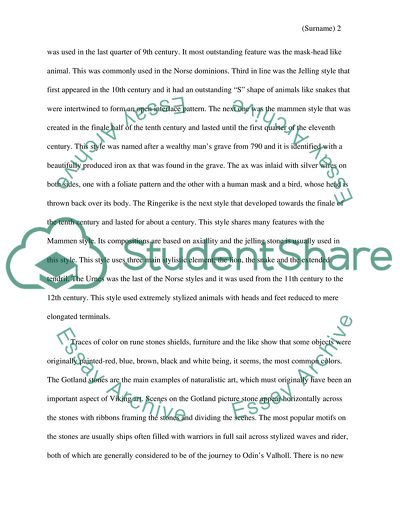Cite this document
(Swords of the Viking Age Literature review Example | Topics and Well Written Essays - 2000 words, n.d.)
Swords of the Viking Age Literature review Example | Topics and Well Written Essays - 2000 words. https://studentshare.org/history/1827076-pick-a-topic
Swords of the Viking Age Literature review Example | Topics and Well Written Essays - 2000 words. https://studentshare.org/history/1827076-pick-a-topic
(Swords of the Viking Age Literature Review Example | Topics and Well Written Essays - 2000 Words)
Swords of the Viking Age Literature Review Example | Topics and Well Written Essays - 2000 Words. https://studentshare.org/history/1827076-pick-a-topic.
Swords of the Viking Age Literature Review Example | Topics and Well Written Essays - 2000 Words. https://studentshare.org/history/1827076-pick-a-topic.
“Swords of the Viking Age Literature Review Example | Topics and Well Written Essays - 2000 Words”. https://studentshare.org/history/1827076-pick-a-topic.


